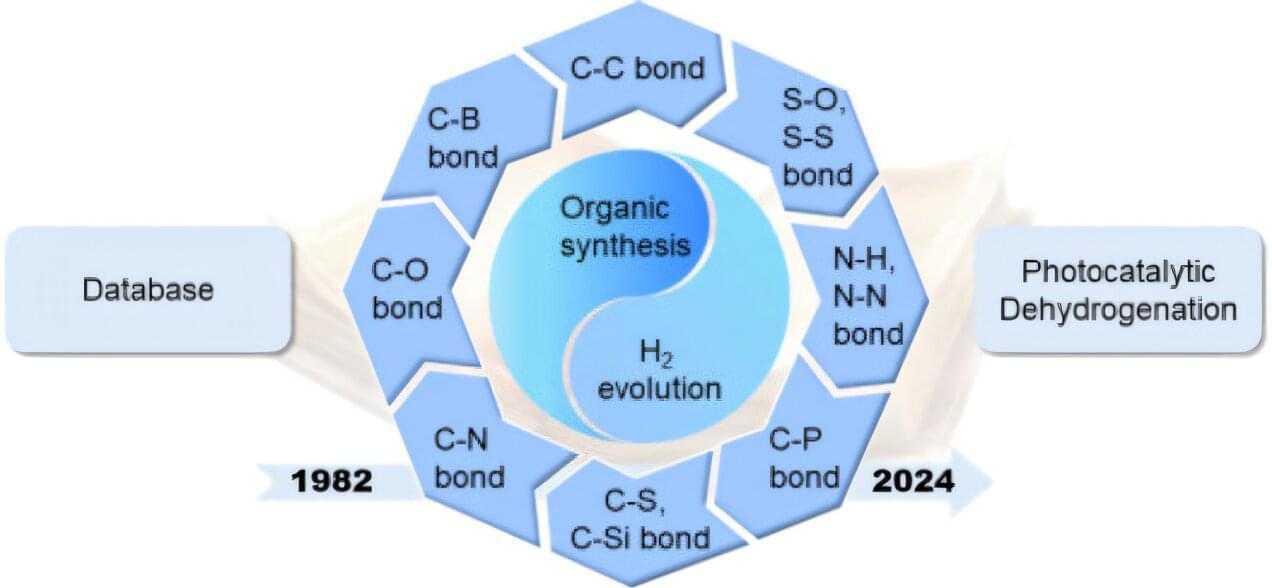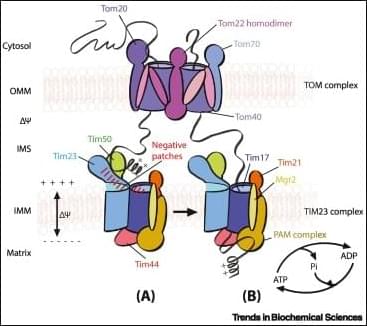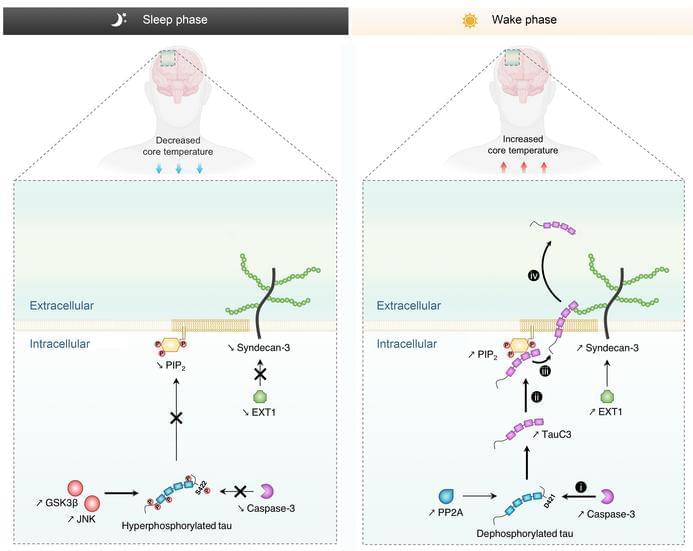To ensure that information maintains a high quality and isn’t overwhelmed by noise, optical amplifiers are essential. The data transmission capacity of an optical communication system is largely determined by the amplifier’s bandwidth, which refers to the range of light wavelengths it can handle.
“The amplifiers currently used in optical communication systems have a bandwidth of approximately 30 nanometers. Our amplifier, however, boasts a bandwidth of 300 nanometers, enabling it to transmit ten times more data per second than those of existing systems,” explains Peter Andrekson, Professor of Photonics at Chalmers and lead author of the study published in Nature.
The rapidly increasing data traffic is placing ever greater demands on the capacity of communication systems. In an article published in the prestigious journal Nature, a research team from Chalmers University of Technology, in Sweden, introduces a new amplifier that enables the transmission of ten times more data per second than those of current fiber-optic systems. This amplifier, which fits on a small chip, holds significant potential for various critical laser systems, including those used in medical diagnostics and treatment.
The advancement of AI technology, the growing popularity of streaming services, and the proliferation of new smart devices are among the factors driving the expected doubling of data traffic by 2030. This surge is heightening the demand for communication systems capable of managing vast amounts of information.
Currently, optical communication systems are employed for the internet, telecommunications, and other data-intensive services. These systems utilise light to transmit information over long distances. The data is conveyed through laser pulses that travel at high speeds through optical fibers, which are composed of thin strands of glass.








